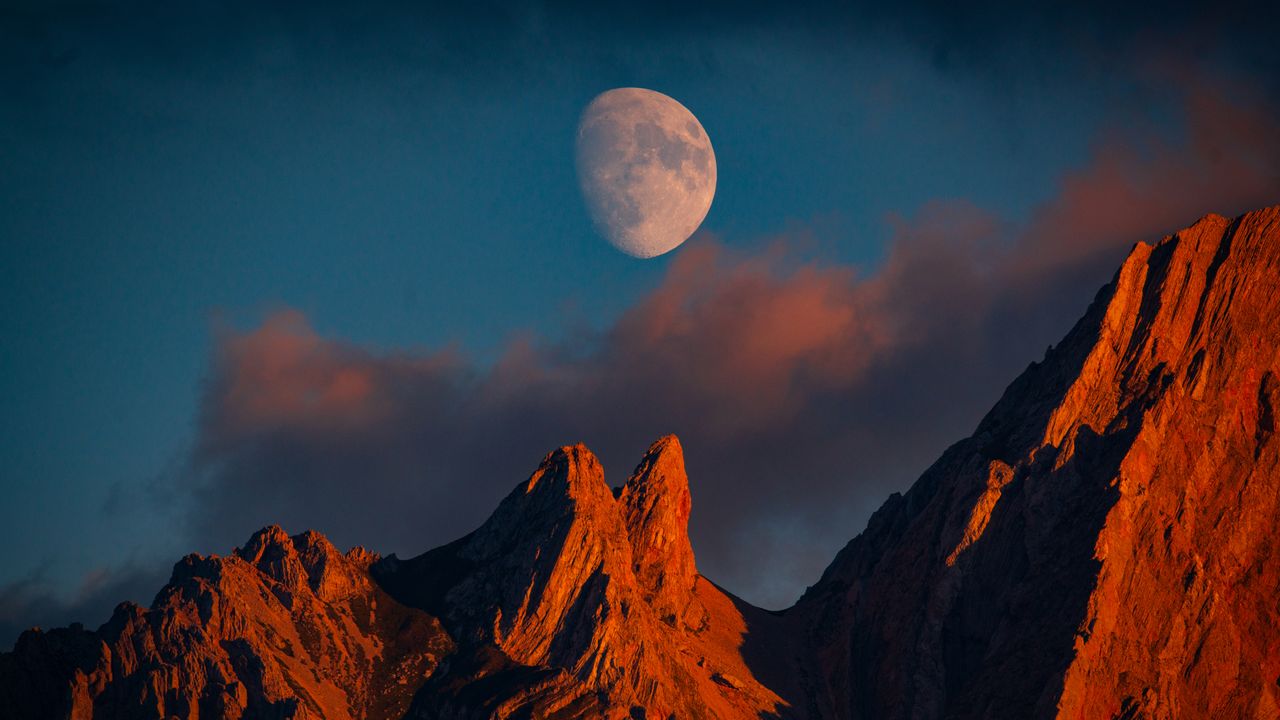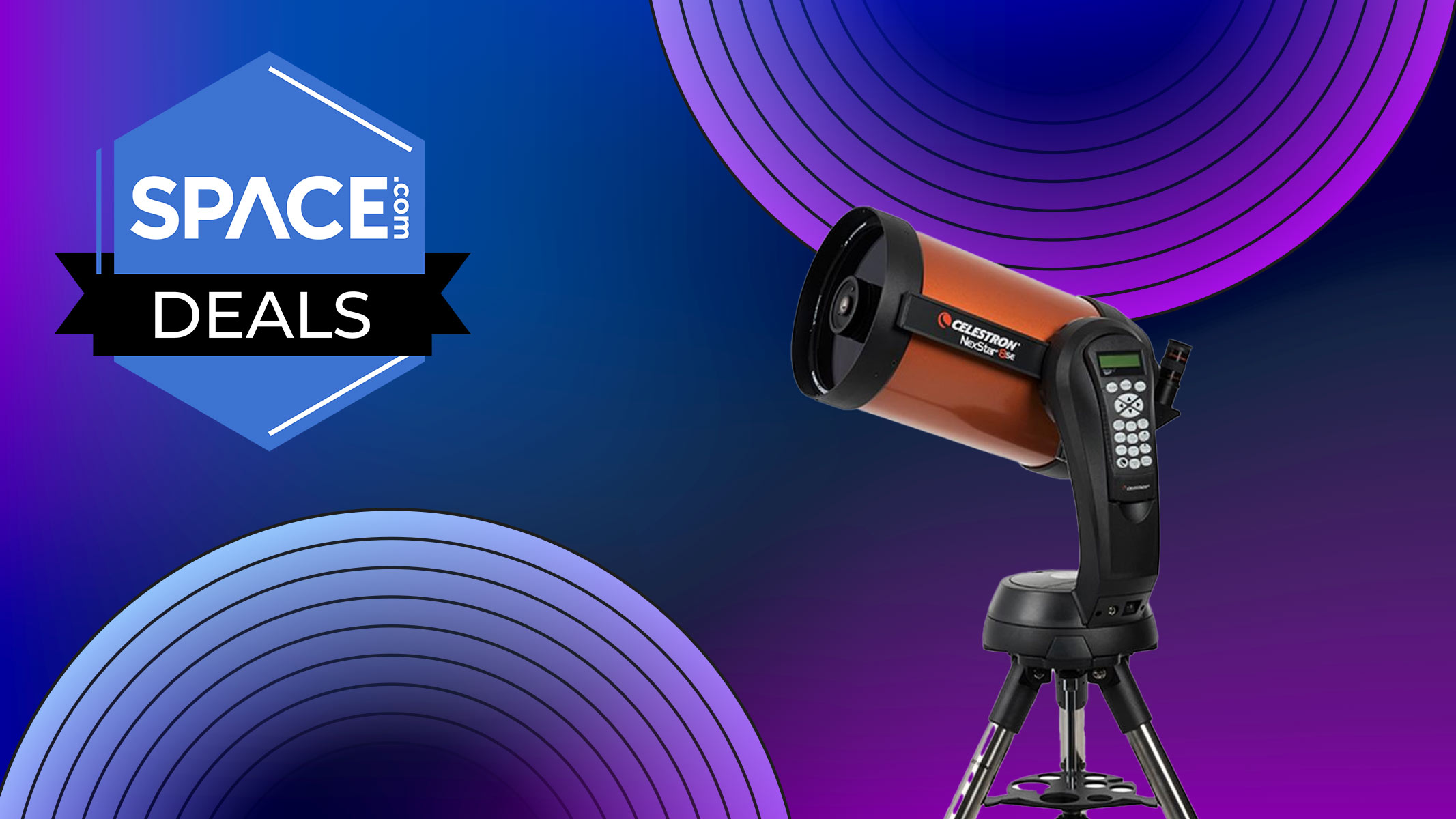
Get ready stargazers! International Observe the Moon Night 2025 takes place on Oct. 4. Here's how you can join the NASA-led celebration of Earth's natural satellite.
International Observe the Moon Night 2025 will bring together moon enthusiasts worldwide for more than 700 online and in-person events. These moongazing sessions aim to spark curiosity about space science while encouraging everyone to appreciate the beauty of the moon
In person events will take place across the Americas, Europe and Asia, hosted by organizations ranging from national parks and observatories, to elementary schools, local astronomy clubs and libraries. Countless online events are also scheduled, including online lectures, lunar tours and outreach programs geared towards encouraging lunar photography and learning.
To find one near you, check out the "find an event" page on the International Observe the Moon Night website. No event nearby? You can host your own celebration using free NASA materials.

Want to explore the moon in exquisite detail? Then the Celestron NexStar 8SE may be the perfect scope for you. It affords spectacular views of the lunar surface, solar system planets and deep-sky objects alike. For a more detailed look, you can check out our Celestron NexStar 8SE review.
Alternatively, you can participate solo by turning your eyes, binoculars or a telescope on the lunar disk. The moon will shine above the southeastern horizon at sunset on Oct. 4, with the vast majority of its right half lit by direct sunlight, leaving just a thin crescent of its western limb veiled in shadow.
It's a fantastic opportunity to see everything the moon has to offer, ranging from the vast solidified lava fields of the lunar seas to vast craters and the shadowed broken terrain scarring the line dividing night from day on the lunar surface, known as the terminator.
NASA encourages everyone to interpret the word "observe" widely, so why not step beyond just looking at the moon to learn about the history of human space exploration along with NASA's Artemis program, which seeks to establish a permanent base on the lunar surface.
Want to get a closer look at the moon? Then read our roundup of the best telescope and binocular deals that'll have you crater hopping in no time. Photographers should also check out our roundups of the best lenses and cameras for astrophotography, along with our guide to photographing the moon.







